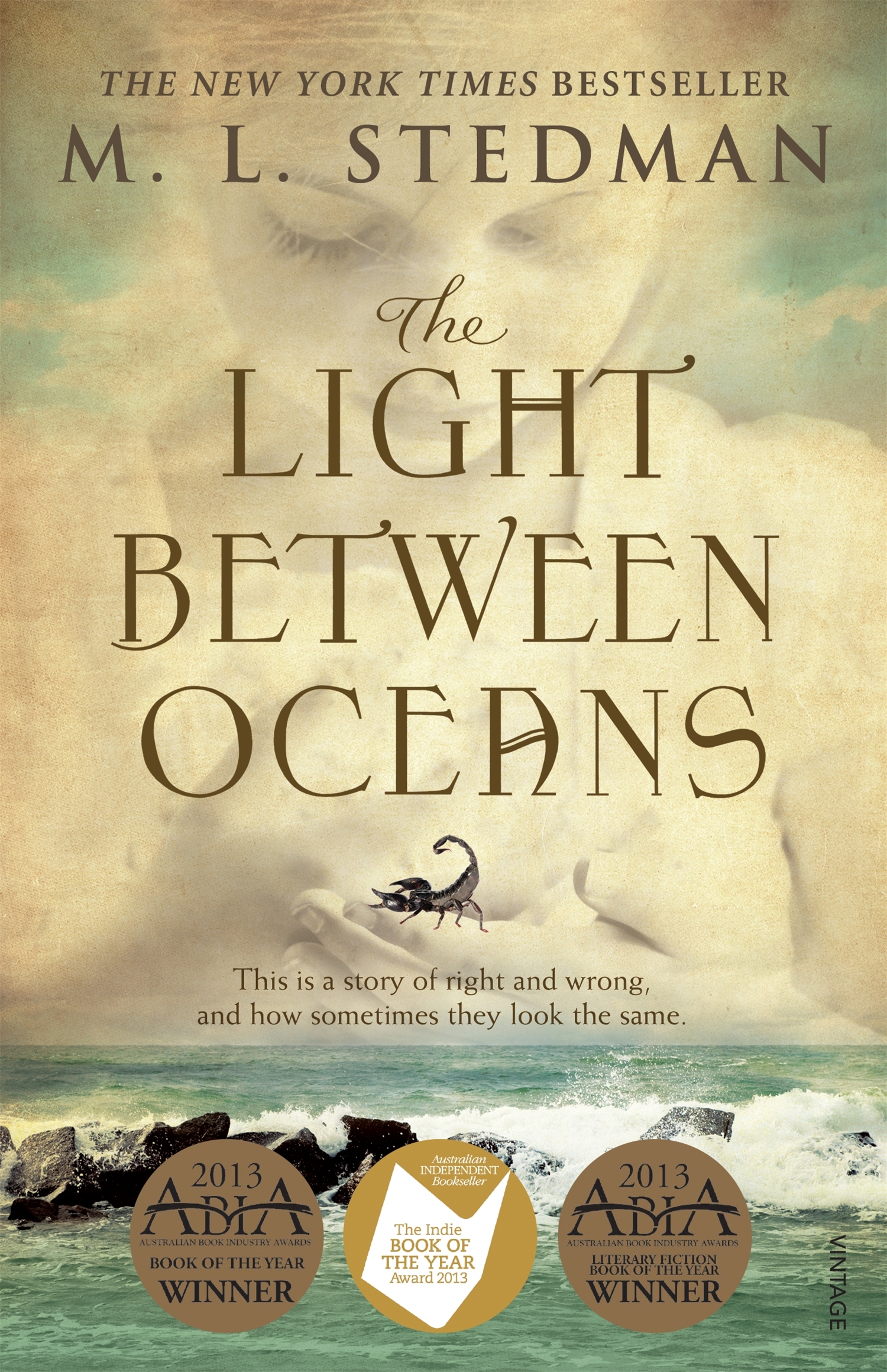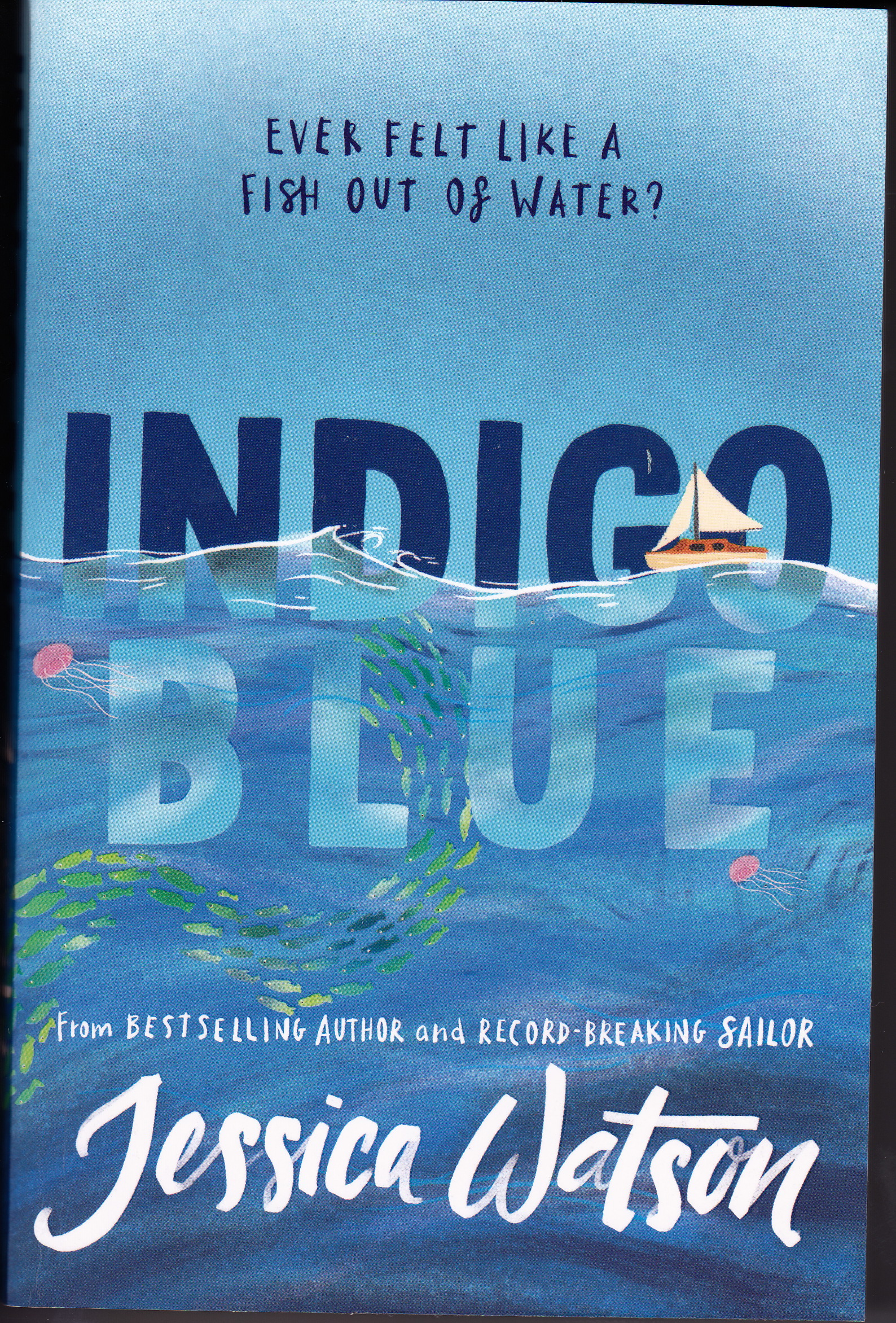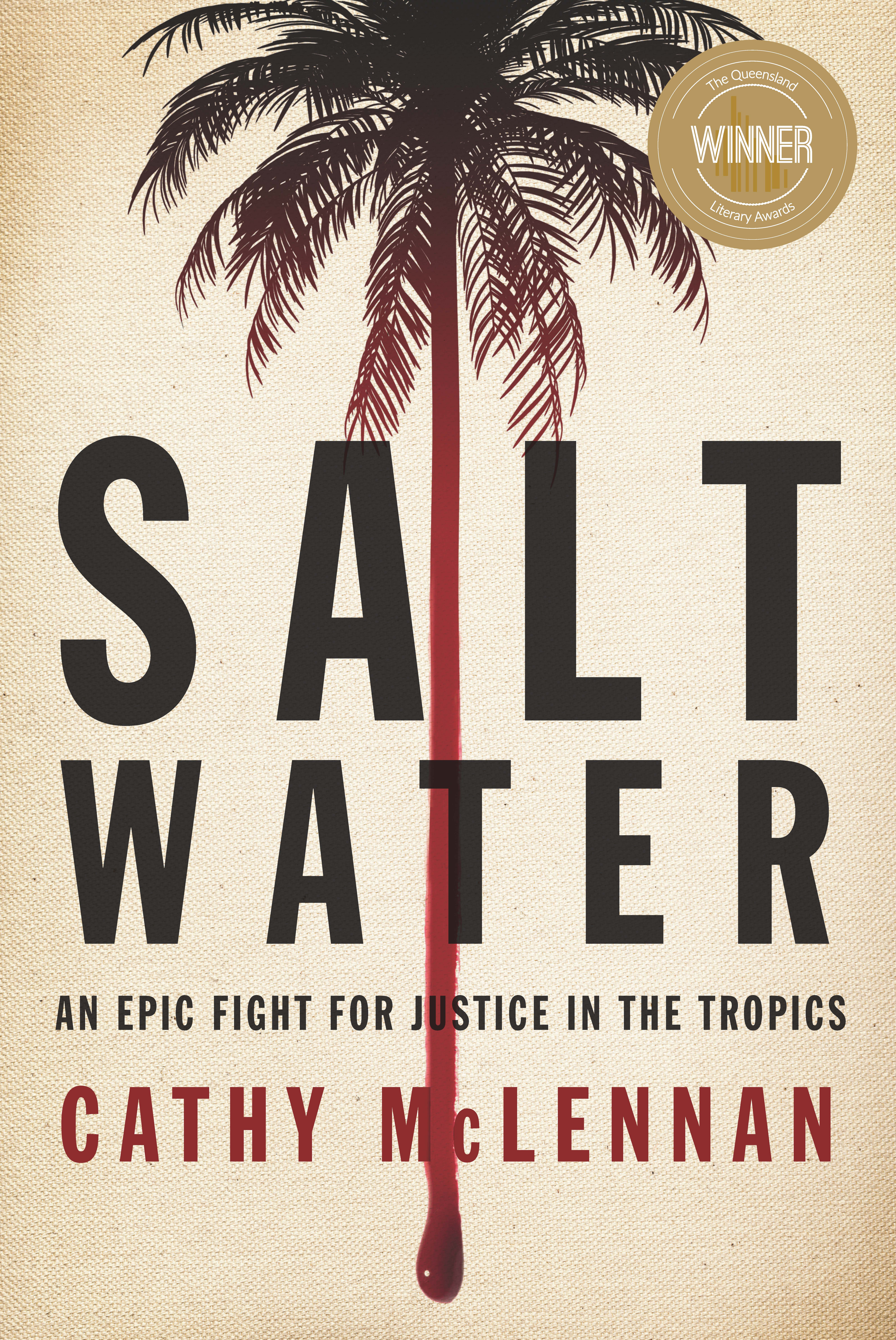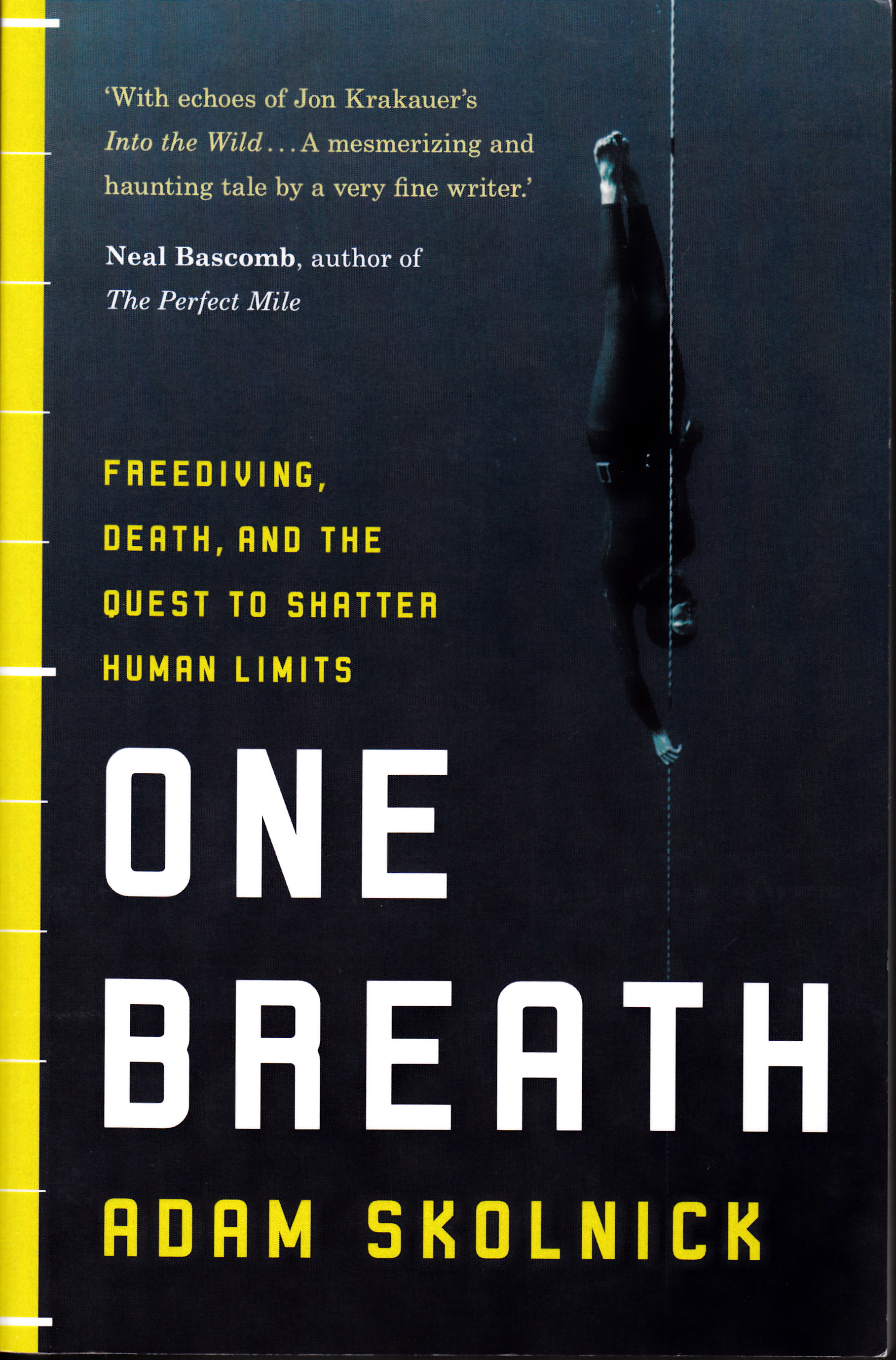A dinghy floats ashore with a moral dilemma...
Books that are preceded by tales of large advances and bidding wars carry the awkward freight of raised expectations. A reviewer feels like a juror instructed to forget prior knowledge and attend only to the evidence. She must peel back what she knows, perhaps physically remove the golden sticker from the popular women’s magazine on the cover.
There, without the distracting glint, is a child holding a scorpion and a sea crashing onto jagged rocks.
M. L. Stedman’s The Light Between Oceans stands in a long tradition of “lost child” stories, a strand of Australian literature that Peter Pierce examined in The Country of Lost Children: An Australian Anxiety (Cambridge University Press, 1999). Pierce argued that the child missing in the bush in late 19th century literature was emblematic of the distrust the settlers felt for this strange land. In contrast, the child missing in late 20th century novels is usually a victim of human agency – abducted or abandoned.
The Light Between Oceans draws these two strands together - the child, Grace or Lucy, is lost both in the natural world and then by intervention.
Tom Sherbourne, a decorated soldier returned from World War I, is serving as a lighthouse keeper on a remote island off the south west coast of Australia, Janus Rock. In the small mainland community at Point Partageuse that supports the lighthouse, families grieving for their sons killed in the war try to move forward. On his way to the posting Tom meets Isabel Graysmark in the town and within months they are writing to each other and then married.
Lighthouses only save seafarers that keep away from them but the lighthouse seems a salve to Tom’s damaged spirit. He writes meticulous records. The care of the light and the rigid logging of routines hold his worst nightmares at bay. He keeps the terrible experiences on the Western Front and his childhood sorrows to himself. If Isabel has one complaint, it is that he doesn’t talk about things.
Isabel’s sunny presence makes Janus Rock seem idyllic but the effect is short-lived. As she buries her miscarried and stillborn babies something desperate is let loose.
A dinghy drifts ashore with a dead man and a squalling baby aboard. In her grief Isabel sees the arrival as fate or a blessing. For Tom, what happens next becomes dereliction of duty, then moral difficulty and, finally, unbearable remorse. While there is a growing disagreement between Isabel and Tom, the true underlying tension of the narrative is between the woman who has the baby and the woman at Point Partageuse who is missing her child. Strangely, it is these two women that are the least sympathetic as characters, Isabel because she is clearly less moral than Tom and because her rationalisations are so banal, Hannah Roennfeldt because she is highly-strung and unable to see solutions obvious to others.
The Light Between Oceans poses questions about good and evil, about morality and honour and loyalty. Its more interesting provocations are whether wrong can be undone and what forms of forgiveness are possible.
At her best, Stedman’s free indirect style hums along with moments of beauty and perception. She manages a cast of supporting characters adeptly.
At times she bogs down in the dialogue. Her shifting of tenses is not always seamless. I don’t think this will bother the readers of that popular magazine whose sticker will generate sales or the millions of book-group readers who will find much to discuss about choices and consequences. But I finished with the feeling that I’d like to read what Stedman described in an interview (Spectrum, Sydney Morning Herald, 24-25 March 2012) as the “darker, more wintry and visceral” original draft of this book.
This review first appeared in The Sydney Morning Herald 6-8 April 2012. ©Jennifer Moran 2012

… there is nothing - absolutely nothing - half so much worth doing as simply messing about in boats.
- Ratty to Mole in The Wind in the Willows by Kenneth Grahame




